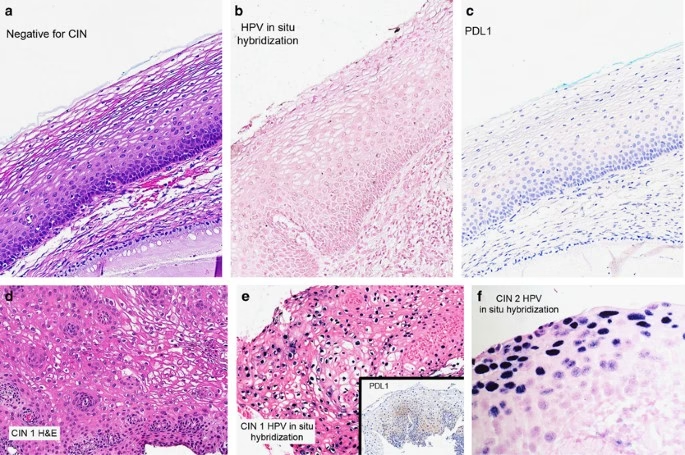
Cervical Cytology Cervical cytology is a diagnostic and screening method to evaluate cellular changes in the cervix. It is primarily performed to detect premalignant lesions and malignancies, allowing early intervention Read More …
Simplifying Allied Health Learning.

Cervical Cytology Cervical cytology is a diagnostic and screening method to evaluate cellular changes in the cervix. It is primarily performed to detect premalignant lesions and malignancies, allowing early intervention Read More …
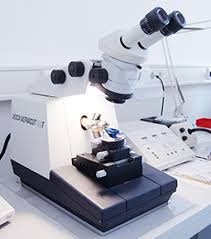
Ultramicrotomy is a precision technique used in electron microscopy to prepare ultra-thin slices (sections) of specimens. These thin sections are essential for techniques like transmission electron microscopy (TEM), where the Read More …
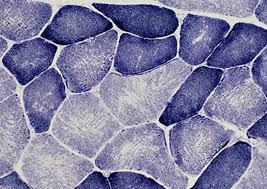
Enzyme histochemistry is a method for localizing and visualizing enzymatic activities within tissue sections. Here’s a detailed overview of the principles, materials, reagents, procedures, and expected results for demonstrating the Read More …
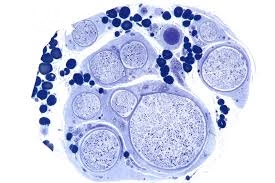
Neuropathology techniques involve specialized methodologies for examining central and peripheral nervous system tissues, primarily to diagnose diseases such as tumors, infections, neurodegenerative disorders, inflammatory conditions, and vascular abnormalities. The nervous Read More …
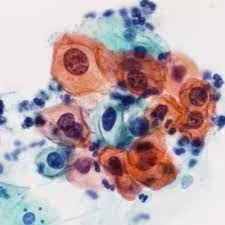
Collection of Cytologic Specimens Purpose and Importance: The accuracy of cytological diagnoses heavily relies on collecting adequate, representative samples from the targeted site. Proper collection ensures cellular morphology is preserved Read More …